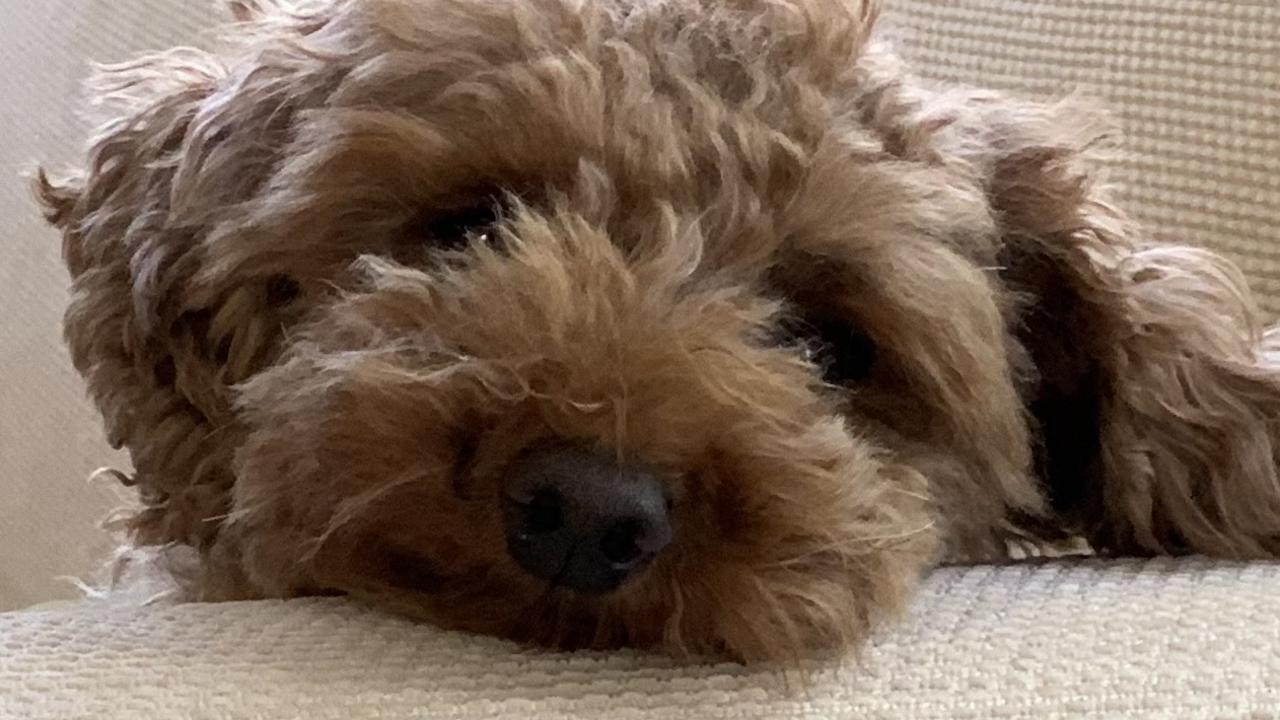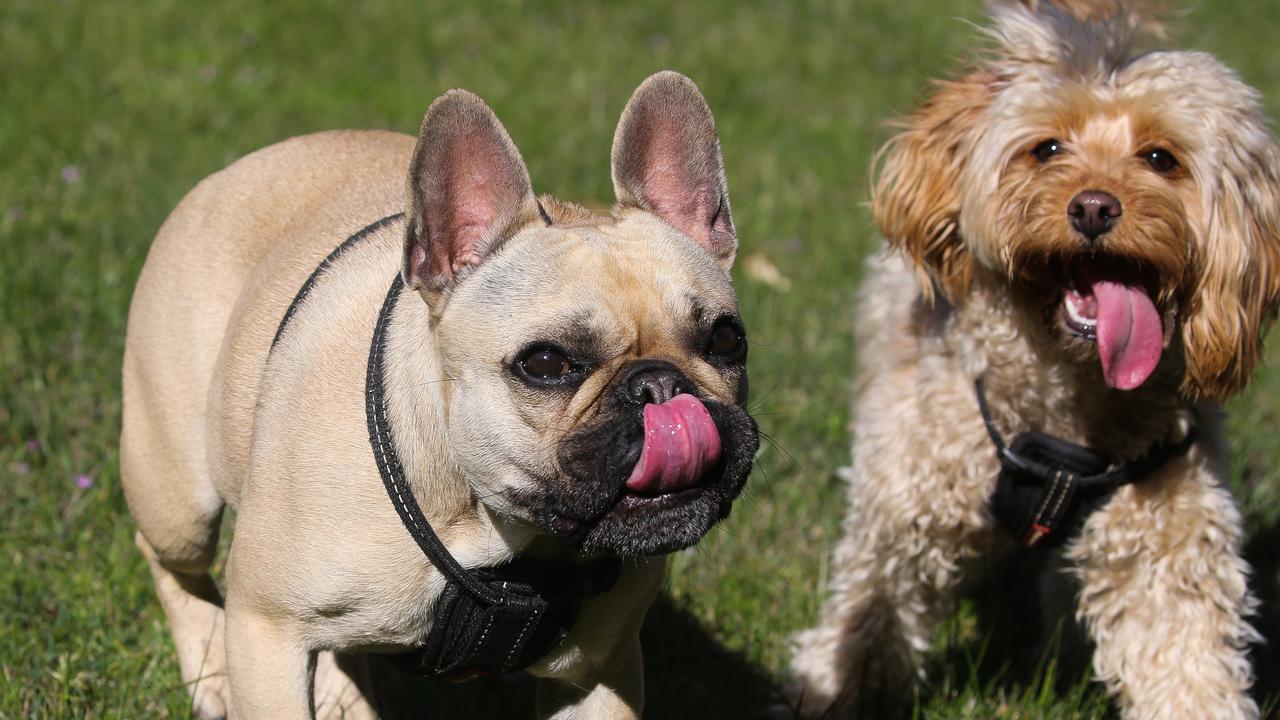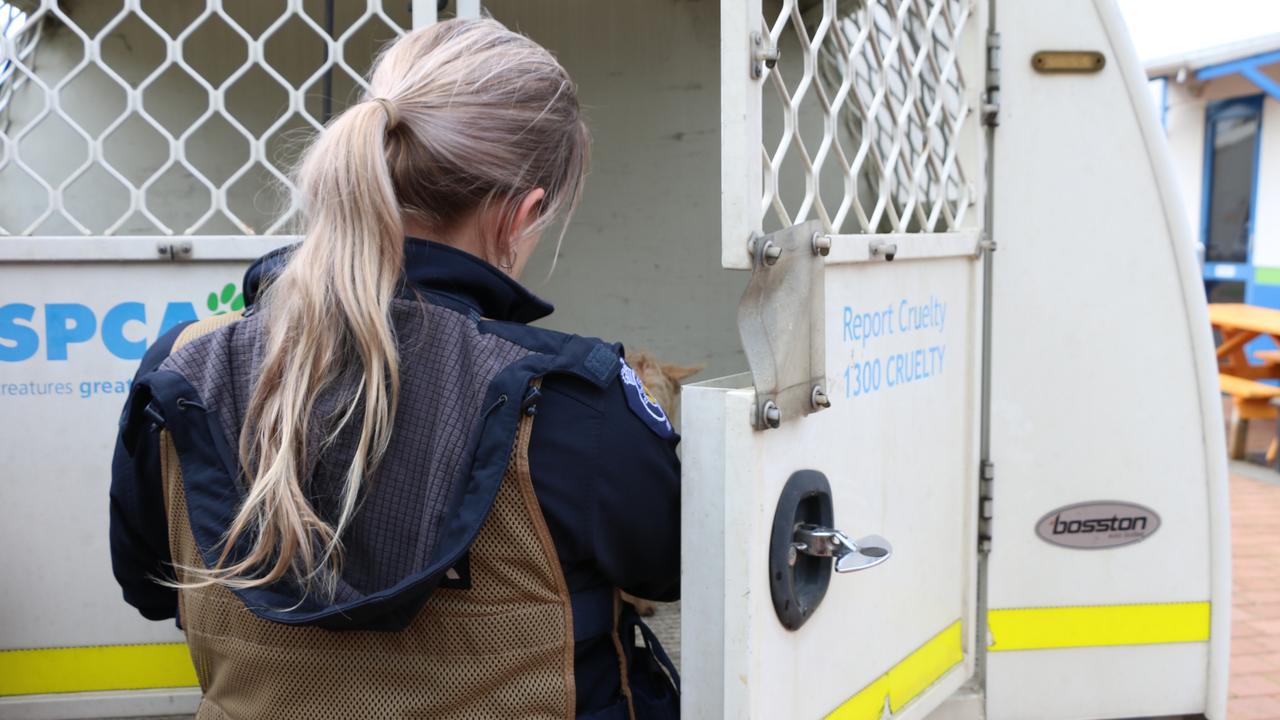Couple drops more than $35K on immortalising dead pet
A couple, devastated by the loss of their 18-year-old cat Cinnabun, took drastic steps to immortalise her, dropping more than $35K on a bizarre plan.
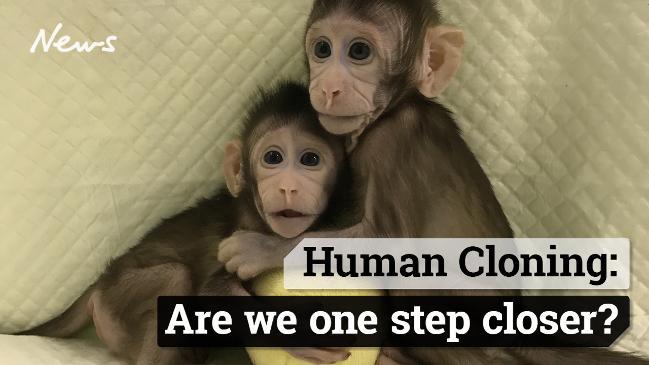
A US couple paid a staggering $35,600 to clone their beloved cat, who had been by their sides since they were newlyweds.
Bryan and Ashley Bullerdick, who live in North Carolina, decided to duplicate their rescue cat, Cinnabun, when the feline was nearing its 19th birthday.
The couple had hoped that the original feline would meet the genetic twin but sadly it passed away before the clone, also named Cinnabun, arrived.
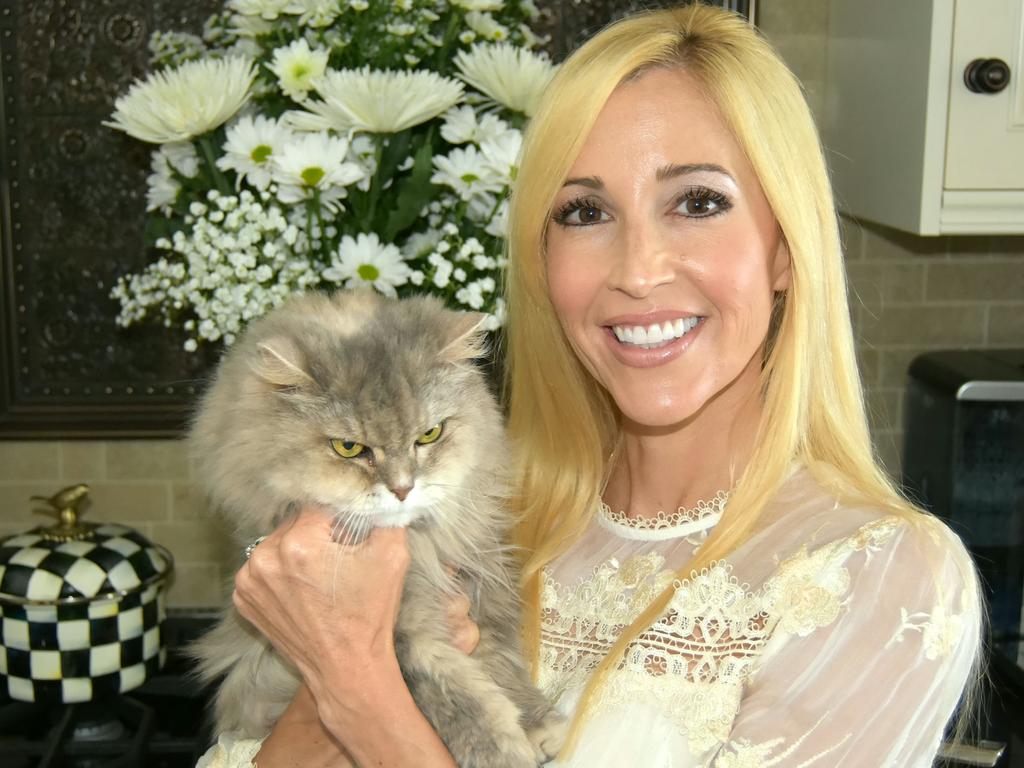
CINNABUN THE SPECIAL CAT
Incredibly, the new Cinnabun sleeps in exactly the same spot that the original Cinnabun used to, on top of Ashley’s pillow.
The couple claimed they hadn’t even blinked when confronted with the monumental cost of cloning their “special cat”.
“We never really thought much about the cost,” Bryan said.
The 43-year-old owns an aerospace division business and said Cinnabun was a special cat from when he and his 41-year-old wife were newlyweds.
Even the couple’s children grew up with the fluffy grey cat, Bryan said.
“She slept next to my wife’s head on the pillow every night. If we had a chance of getting another cat like that, we had to try,” he said.
“It is a lot of money but I know people who spend that on vacations all the time.
“This is an animal that we hope will be with us for two decades.”
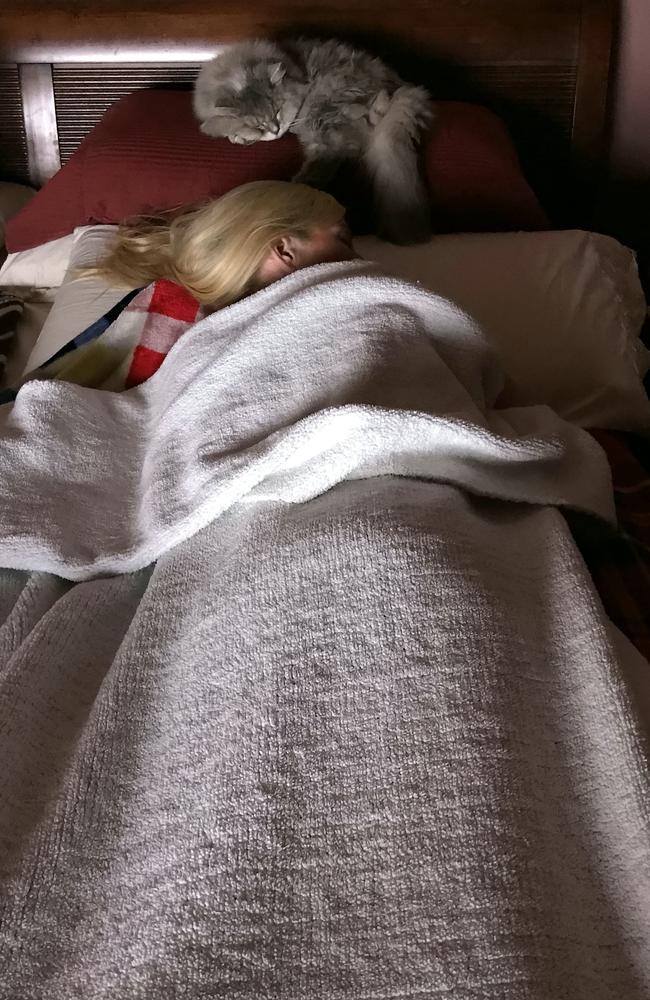
‘WE WOULD CLONE AGAIN’
According to Bryan, some people have sports cars, others collect houses.
“We are not out there cloning every single cat we have,” Bryan said.
“It was a decision that we could afford to make and we still donate money to the Humane Society every month.”
Bryan and Ashley — who married in 1999 — have three children together, Beau, 17, and twins Carter and Daryl-Von, both 15.
They said they had no regrets about cloning their longhaired rescue cat and would definitely consider doing it again.
“We would definitely do it again,” Ashley said.
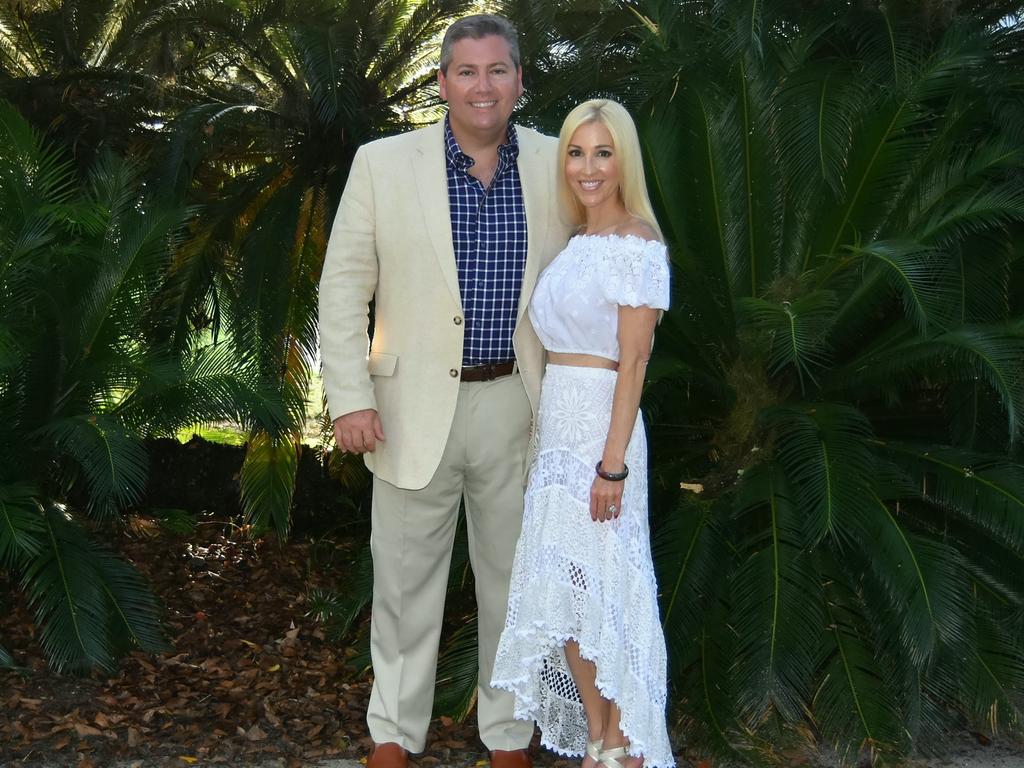
DNA TESTING
Last year, the couple became concerned that they wouldn’t be able to find another cat in the same bloodline as Cinnabun.
“We were worried about how little time we had left with her,” Bryan said.
They first considered cloning after Bryan read an article about pop legend Barbra Streisand cloning her Maltipoo, Sammie.
He shared the idea with Ashley who was, at first, unsure.
“I was never against it but it was definitely something I had to think about,” Ashley recalled.
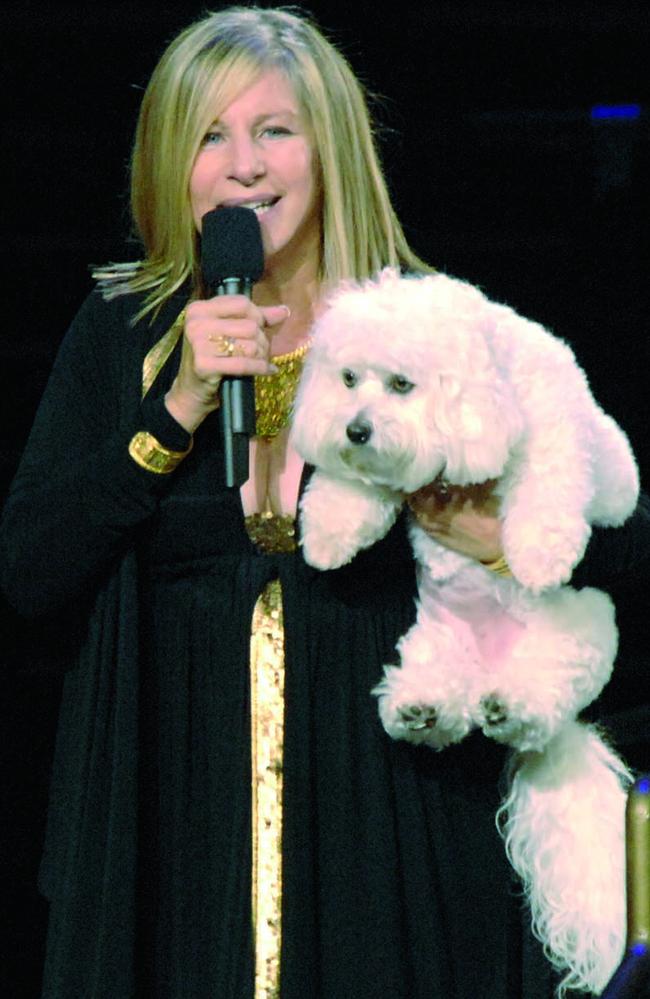
CLONING A PET
Last year, Bryan purchased a $2300 DNA kit from ViaGen — the same company that had cloned Streisand’s pooch.
The company gained popularity over 17 years for cloning horses and livestock, before it started an exclusive domestic cat and dog cloning arm, just over three years ago.
Cloning a dog will set you back about $71,000, while a cat will cost $50,000.
The difference in price is due to dogs going into heat only once or twice a year, while a cat’s reproductive cycle is much more frequent.
According to Ashley, their DNA kit languished in the freezer for months as they deliberated.
“Then we just thought we had to do it,” she said.
“Cinnabun was so dear to us. She had unique markings that no other cat would have.
“She clung to me, she slept with me at night, by my head on my pillow. She was right by my side throughout the day.”
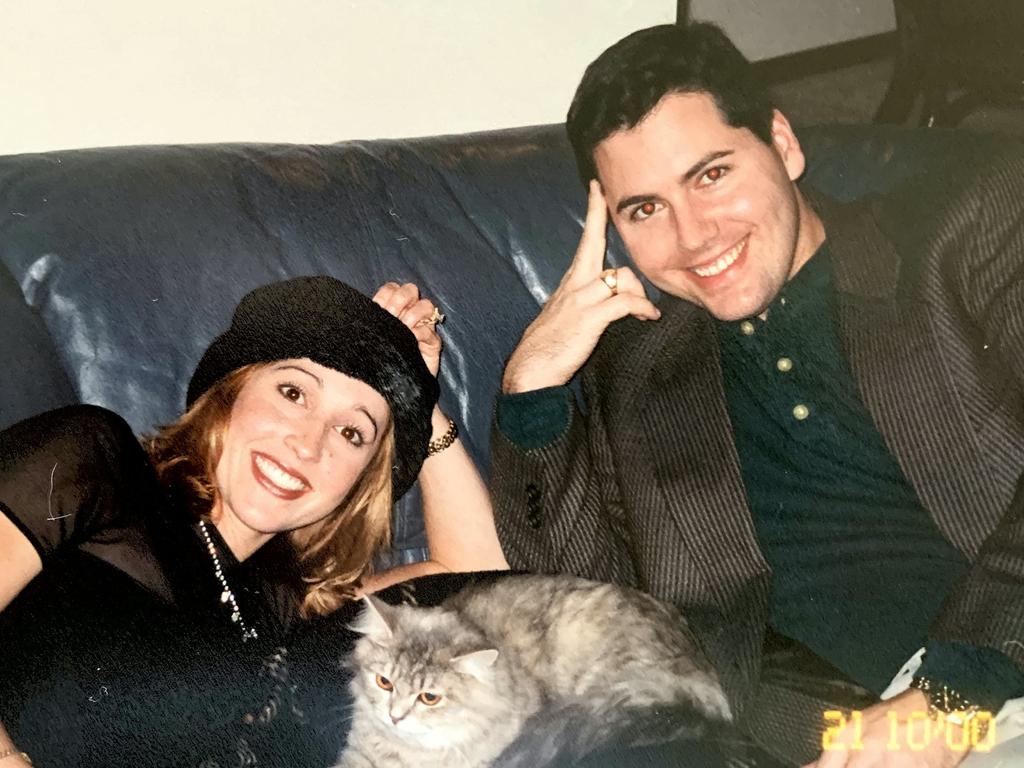
HOW IT’S DONE
To clone a pet, ViaGen Pets requires at least two skin samples to collect the DNA.
Most skin samples are taken from the belly or the inside of a pet’s leg.
These samples are then chilled with ice packs and sent to a laboratory, where they are placed in an incubator and cells start to grow.
Within two to four weeks, there are millions of cells.
These cells are harvested and placed in vials that are frozen in liquid nitrogen tanks.
ViaGen Pets client service manager Melain Rodriguez said the animal’s cells can be maintained in this frozen state forever.
“We have cells from 17 years ago which are still stored,” she said.
“Most of our clients are just choosing to store their pet cells right now because the cloning process is so expensive.”
The Bullerdick family was required to pay $2200 to preserve Cinnabun’s cells with an annual storage fee of $213 on top.
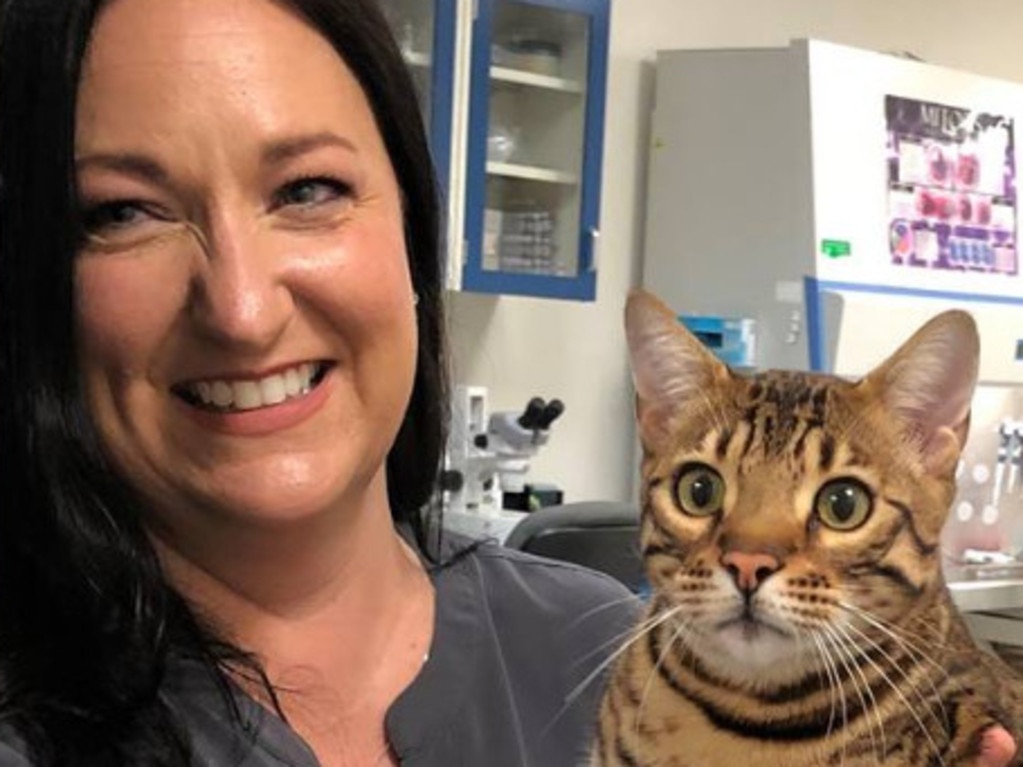
A donor egg was taken from a donor animal, and injected with Cinnabun’s DNA, which was grown in the laboratory.
“Essentially the egg is tricked into thinking it’s been fertilised by a sperm,” Ms Rodriguez explained.
The manufactured embryo was then implanted into a surrogate animal, who gave birth to kittens which were genetically identical to Cinnabun.
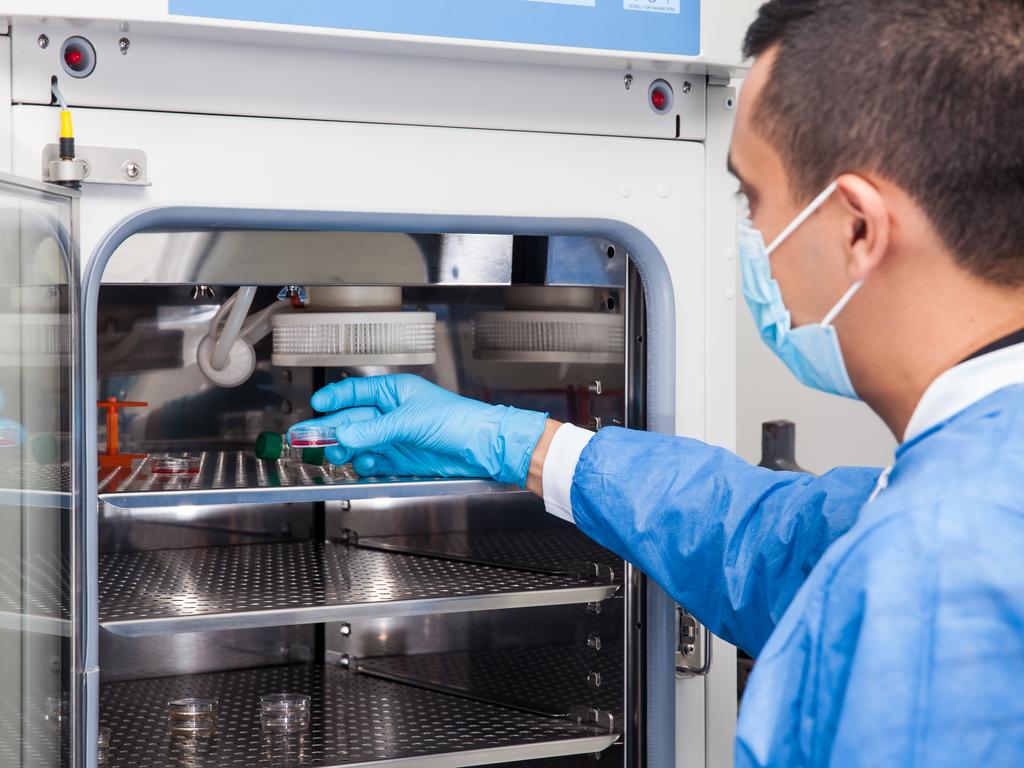
THE NEW CINNABUN
The Bullerdicks sent their samples and swabs of Cinnabun to ViaGen in September last year, but the original Cinnabun died on October, before her doppelganger was born.
Ashley said she knows Cinnabun had a really good life for almost 19 years.
“ … And I knew that when she died, I would get her again in the clone,” Ashley said.
“It gave me so much comfort to know that I would see her again with the new Cinnabun.”
The clone was born on February 4 this year.
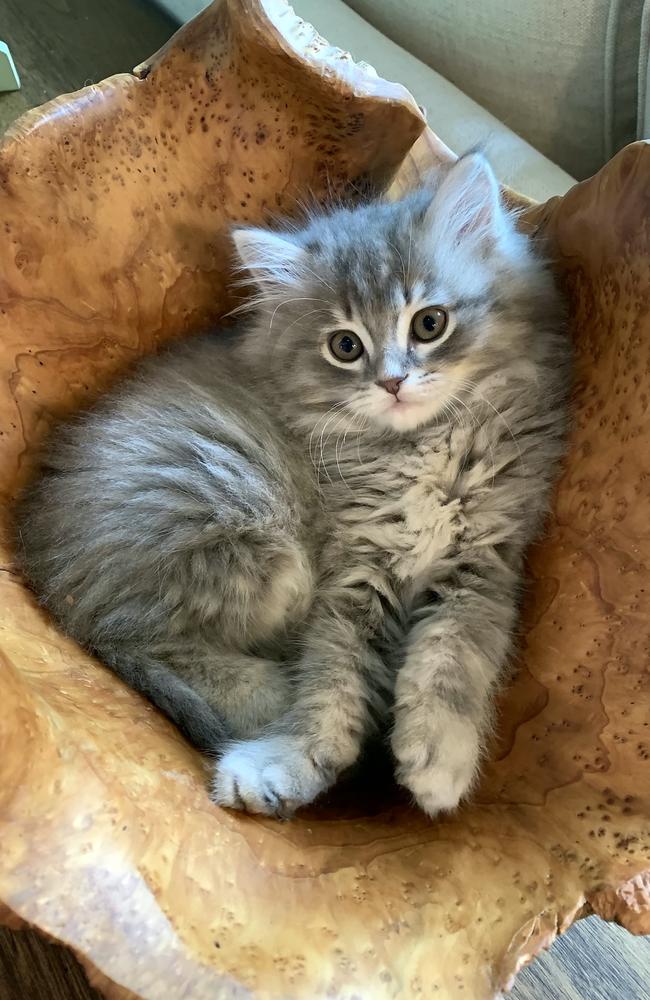
Ashley said she was extremely excited to welcome her new little girl home.
“She was just two months old but she looked just like her (the original Cinnabun),” she said.
“Even though we got the original Cinnabun when she was nine months old, just seeing the two-month-old Cinnabun overwhelmed me with joy.”
She claimed as far as looks go, the two Cinnabuns were “spot on.”
“Even their personalities are so similar. They are both feisty,” she said.
“The new Cinnabun wants to sleep in the exact same spot as the original Cinnabun — a place that none of my other cats have gone to.”
This story originally appeared on Fox News and was reproduced with permission

